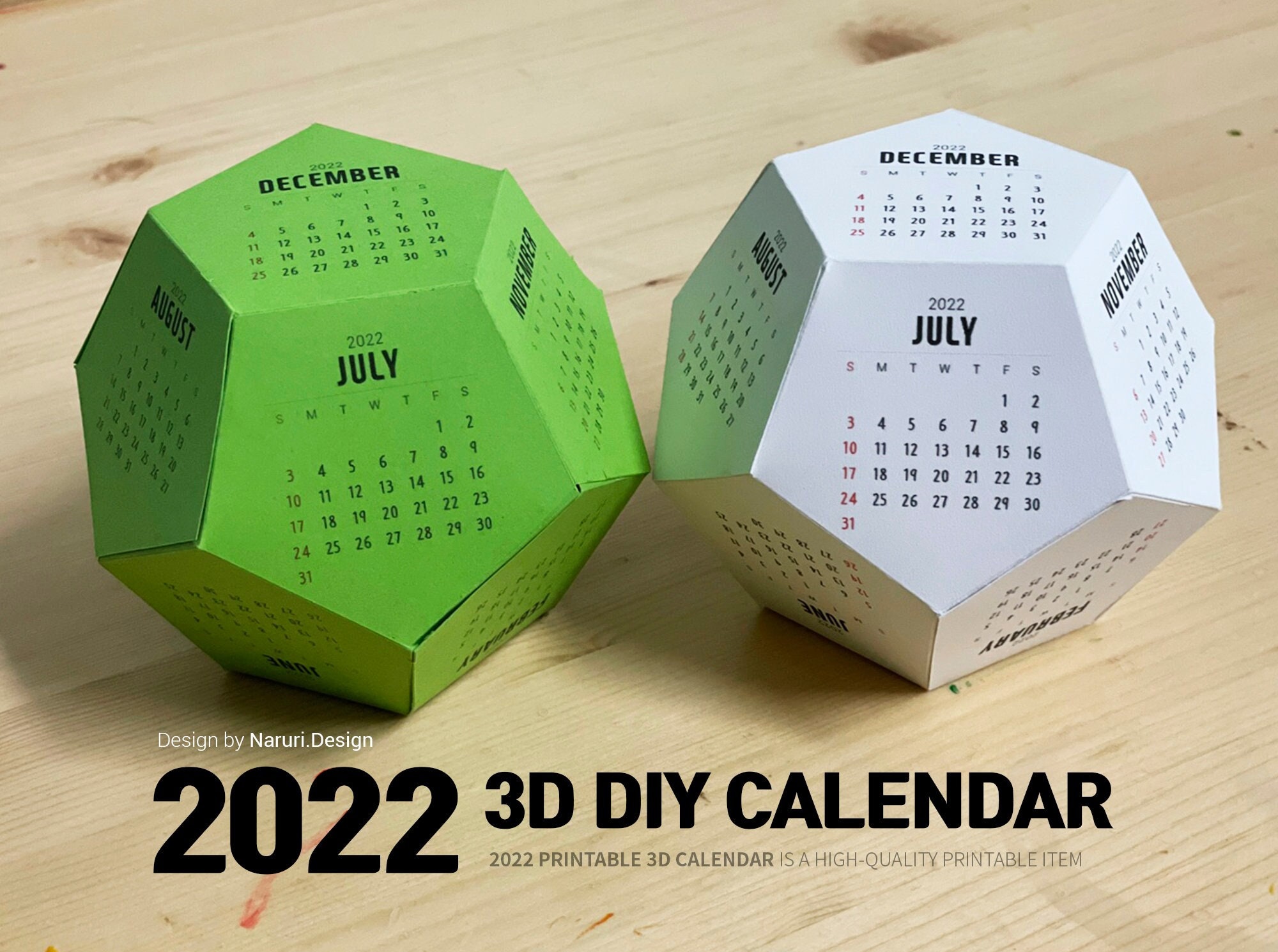So I got this Caesar’s Calendar puzzle as an early Fathers’ Day gift. (I will often get various puzzles as gifts.) Link to mine but others seem to produce it. (This page also has a link to solutions but I don’t want to click on it yet.)
It … is … amazing.
It’s sort of a perpetual calendar thing with rectilinear block pieces arranged to a grid. You are to place the blocks so that there are 3 open squares. Each square exposing one of the month name, day of the month and day of the week.
More deets: The grid is basically 7x8 square. There are 12+31+7=50 needed squares. The extras are incorporated into the surrounding frame. The base text is laid out as follows (x’s for the extras):
Jan - Jun X
Jul - Dec X
1-7
8-14
15-21
22-28
29-31 Sun - Wed
X X X X Thu - Sat
The blocks are the usual assortment of shapes made of 4-5 sub-squares: L’s zig-zags, etc. The T, U and straight-4 seem to be particularly interesting to deal with. The front and backs seem similar in shading, I think flipping the pieces over is needed sometimes.
I see many people describing this puzzle as having 365 solutions when:
a. Clearly the number should be 366 for leap years.
b. And 7 times that for days of the week.
I am assuming that while you might be able to solve for Sun Feb 31, that doesn’t “count”.
I have played with it a little finding that just putting all the pieces back in regardless of the exposed squares to take a few minutes. The YouTube videos demonstrating particular solutions indicate that it does take a bit to solve.
Now, multiply that by the 1862 different solutions you will need to solve for over time and …
But, that’s not why I’m here. I keep thinking about what it took to come up with this is the first place. There has to be a system underneath it all. Do I still have what it takes to figure out the system? (And do I still have the time?)
Anyway, I got this last night and the grandkid promptly jumped in to play with it, saying “I like puzzles.” Once we got the pieces back in, in any old order, the cry of “Again!” sounded out. Not bad for a 3 1/2 year old. The nerdness is strong in this one.
In the 2nd solution video above there’s also a review of another perpetual calendar puzzle but based on Rubik’s cube. Fun fact: This puzzle works out well in English since the cube has 6 sides are there are only 6 different letters in the middle of the month abbreviations. Jun-Jul-Aug really helps.


